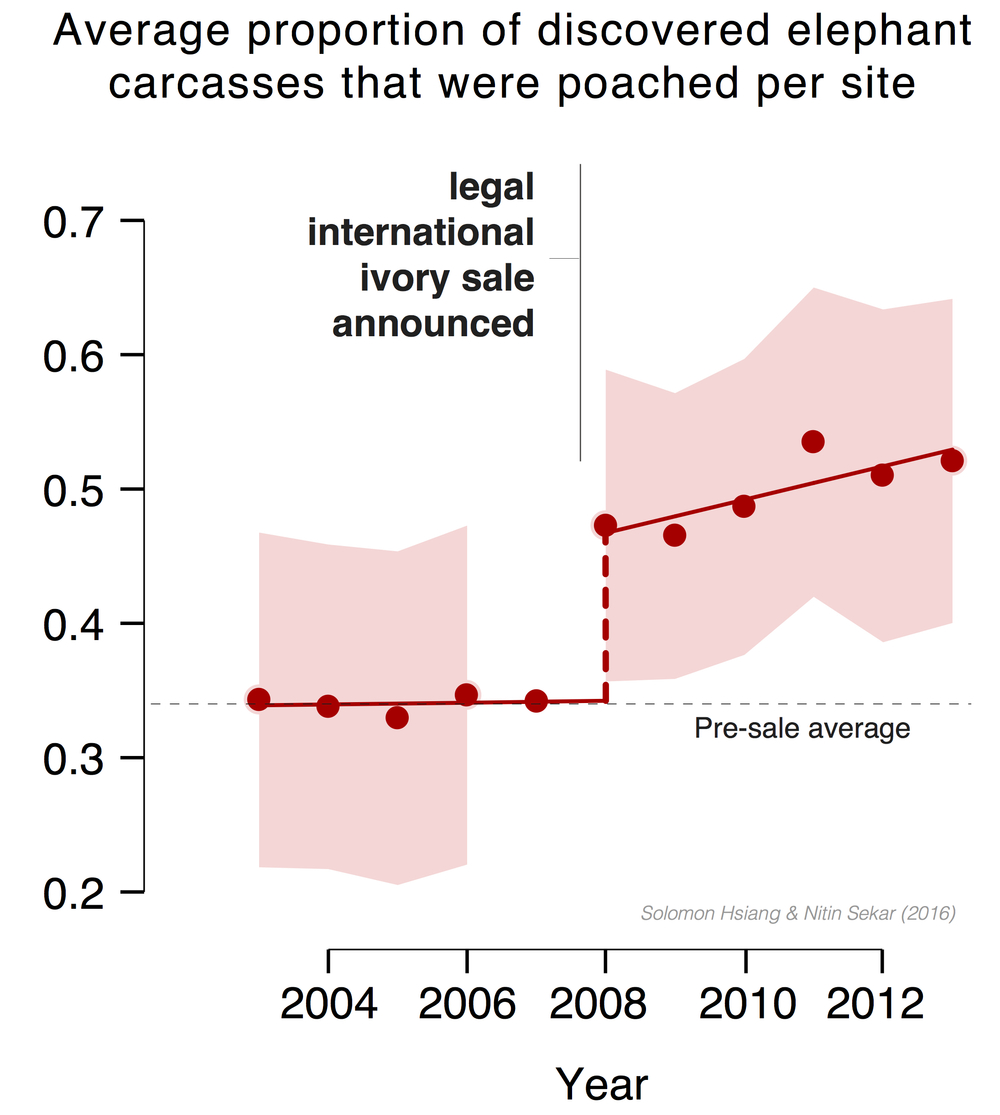For thousands of years, people of all ages worked together in hunting, farming and domestic work as long as they were physically capable.
That legacy still lingers in our farming sector. Dr Michael Cameron of Waikato University says it is the only industry whose share of employment in every age group above 55 is above the national average, rising from 7 per cent across the whole workforce to 35 per cent of those still working at 85 or over.I was a bit surprised, since I knew I hadn't talked to Simon this past week, but then I realised he was drawing on this 2014 working paper I wrote. I thought it might be worthwhile to add a bit more explanation. The working paper was a purely descriptive analysis of working among older people (aged 55 years and over), based on Census data from 1991 to 2013. There aren't too many surprises in there. However, a couple of points are worth drawing out.
First, as Simon notes Agriculture, Forestry and Fishing (AFF) stands out among other industry groupings as having the oldest age profile. Here's the corresponding figure from the working paper (where you can see AFF has the smallest proportion of workers aged under 55 years, and the largest proportion aged over 65 years):

Second, the older labour force is growing, within every age group, as this figure shows:

You might suspect that this is because the cohorts moving into the older age groups are larger (the baby boomers, for instance), but that is only part of the story. Labour force participation rates have been increasing for every successive cohort:

Now we come to the big question: why is this a good thing? If we take GDP per capita as a measure of living standards or wellbeing (yes, it's a very imperfect measure of wellbeing, but it's a place to start), we can decompose GDP per capita as follows [*]:
[Y/P] = [Y/L] * [L/WA] * [WA/P]
where Y is output, P is population, L is the labour force, and WA is the working age population. This identity simply says that GDP per capita (or output per person, Y/P) is made up of labour productivity (or output per unit labour, Y/L), labour force participation (L/WA), and the share of the working age population in the total population (WA/P).
Now consider what is happening given our ageing population. The share of the working age population in total population is falling, as the share of population older than 65 (as one example) has been increasing. Now, labour productivity is only growing slowly (New Zealand's labour productivity performance is rubbish, but that's a topic for another day), and labour force participation is fairly constant (we've had increasing labour force participation over time, but that is mainly due to increases in women's labour force participation, and that effect is probably almost tapped out). So, the last term in the equation above is decreasing (and at a faster rate), the middle term is likely to stay pretty flat, and the first term is increasing (but slowly). That means that we can expect economic growth to slow appreciably because of population ageing.
That is, unless we can increase output from outside the working age population, i.e. increase output from older workers, by increasing their labour force participation (through people working until they are older, whether that be full-time, part-time, or bridging from full-time to part-time work to full retirement). Alternatively, you might be thinking that increasing the labour force through migration is a good solution (this is what many areas of regional New Zealand are thinking). Unfortunately, even though migrants are younger on average than locals, they also age as well - Natalie Jackson and I have a forthcoming NIDEA Working Paper which demonstrates that population decline cannot be arrested by increasing migration.
Simon Collins concludes that young people might never be able to retire. That might be true, in the sense of a 'traditional' retirement, at least if we want to maintain living standards.
*****
[*] I'm grateful to Jocelyn Finlay, a colleague at the Pop Center at Harvard School of Public Health, when I was on Study Leave there last year, for an interesting discussion on this topic at a workshop in early 2015.
That is, unless we can increase output from outside the working age population, i.e. increase output from older workers, by increasing their labour force participation (through people working until they are older, whether that be full-time, part-time, or bridging from full-time to part-time work to full retirement). Alternatively, you might be thinking that increasing the labour force through migration is a good solution (this is what many areas of regional New Zealand are thinking). Unfortunately, even though migrants are younger on average than locals, they also age as well - Natalie Jackson and I have a forthcoming NIDEA Working Paper which demonstrates that population decline cannot be arrested by increasing migration.
Simon Collins concludes that young people might never be able to retire. That might be true, in the sense of a 'traditional' retirement, at least if we want to maintain living standards.
*****
[*] I'm grateful to Jocelyn Finlay, a colleague at the Pop Center at Harvard School of Public Health, when I was on Study Leave there last year, for an interesting discussion on this topic at a workshop in early 2015.




